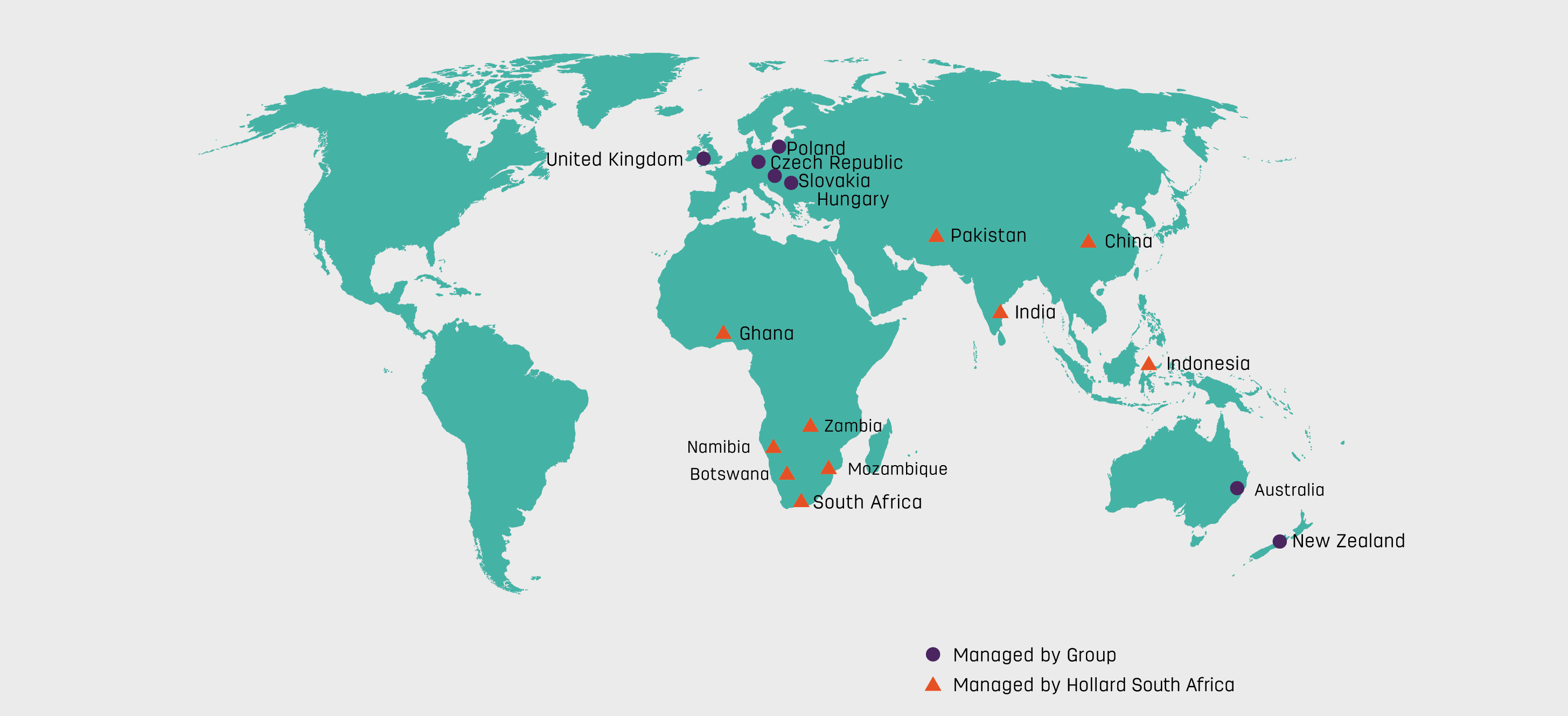Thanks for your interest. I live in a regional town, so the values might not reflect the city situation. The insurance policy sets a demolition and rebuilding cost for the house which is equivalent to about 92% of the total likely market value of the house and land. My understanding is that I pay insurance based on this replacement cost and on the likelihood of that happening.
My first point is that the unimproved land with no house is valued at about one third of the market value and so the house might be worth two-thirds, but not nine-tenths. In fact land valuations for rates seldom reflect land sales values closely especially in a ready market such as we have now, so the notional value of the house is probably considerably less. This must indicate that building costs are for a markedly better building than the one we own.
My second point is that the chance of my house being devastated beyond repair is reflected by the proportion of houses ruined over the last 100 years or so since we have insured them. This would seem to be a small percentage of houses built, which have been rebuilt as insurance claims, which means not very likely.
I stay with this policy mainly because I have heard some good, first hand reports about my insurer and some bad ones about others. It seems that this is all very anecdotal and that there could be more transparency and oversight of insurance as an institution.
I don’t doubt lots of people have lots of different opinions but I think I pay much more than is truly necessary, so I have some sympathy for the original writer. Maybe you can explain the situation differently.
